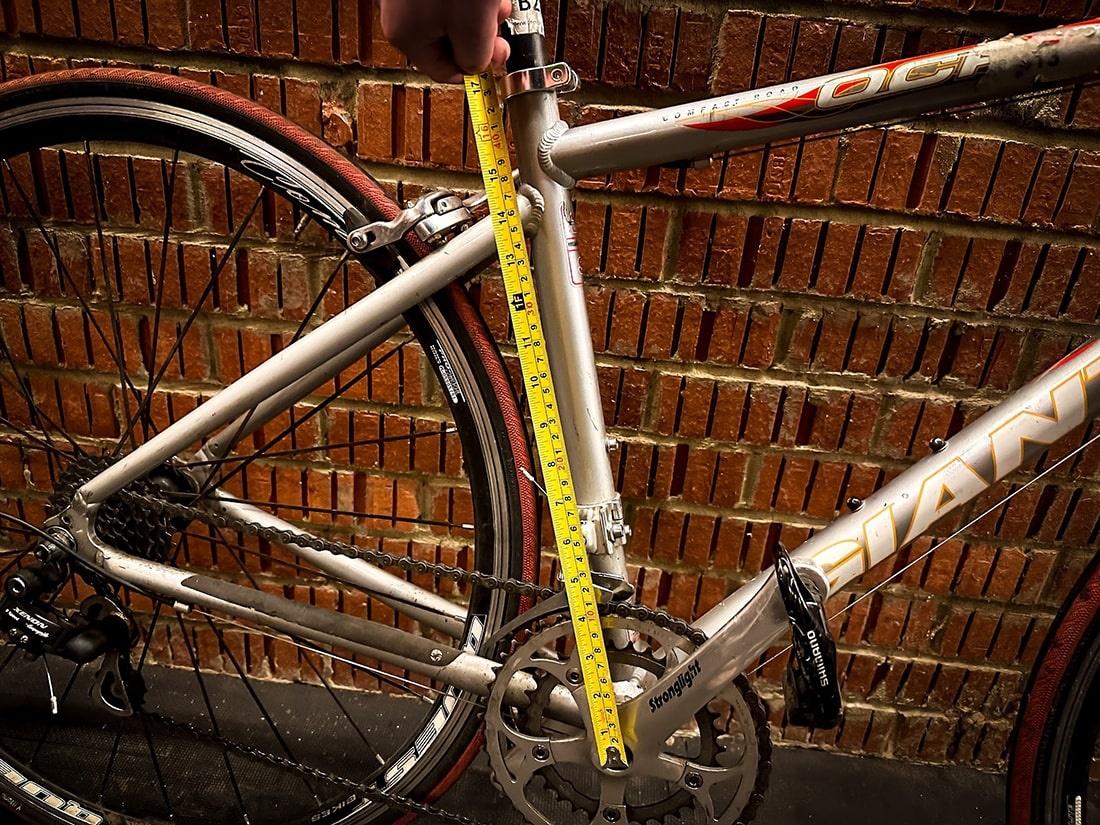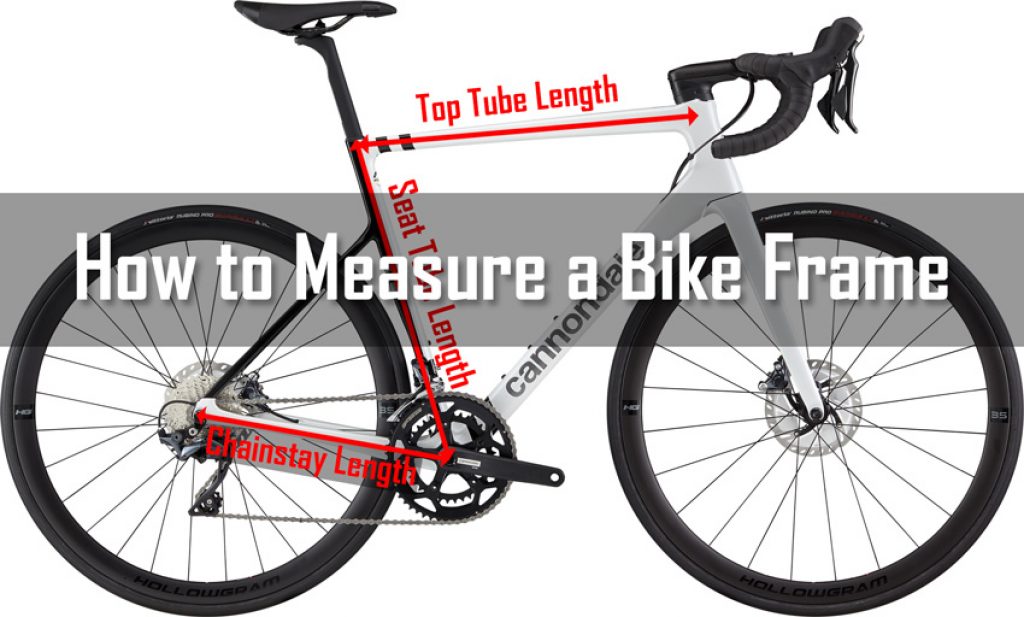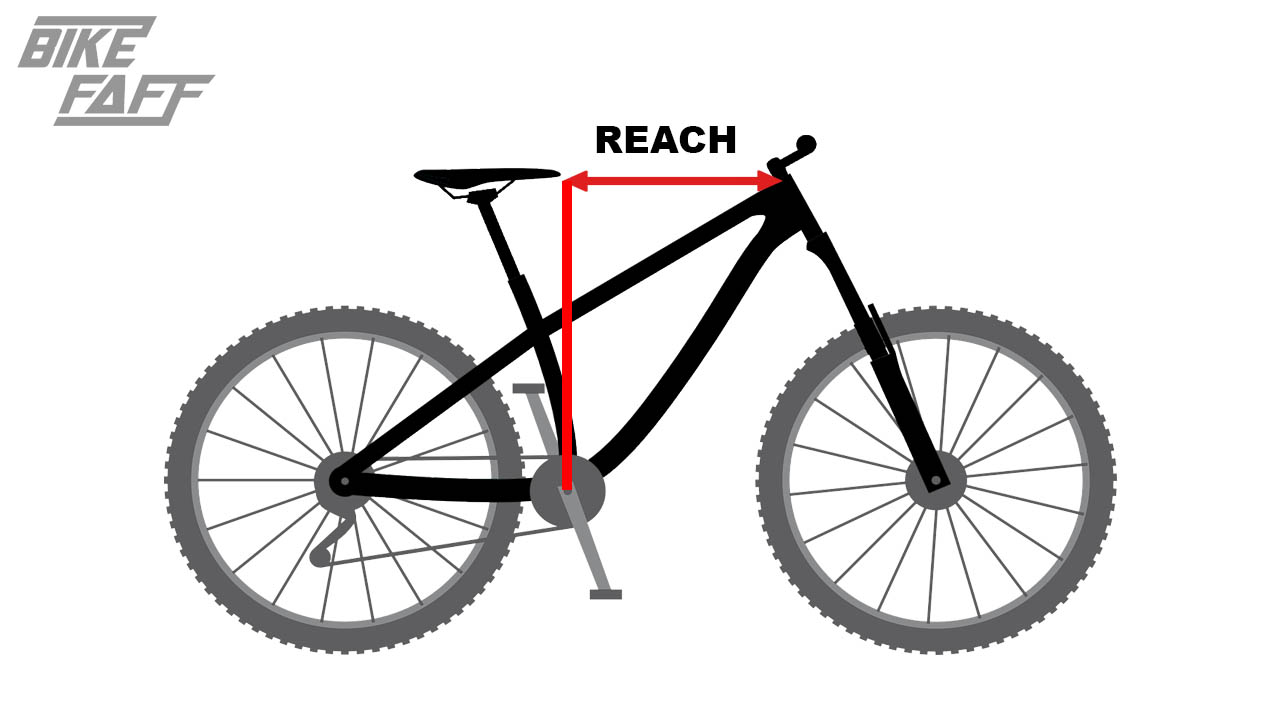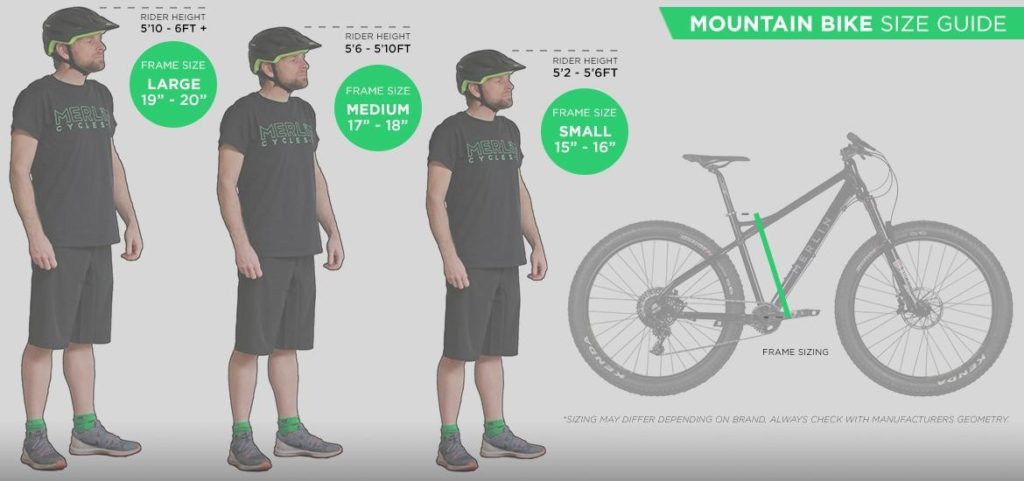Why Frame Size Matters for a Comfortable Ride
A mountain bike frame size that is tailored to a rider’s unique dimensions is crucial for a comfortable and enjoyable ride. When a frame is too small or too large, it can lead to discomfort, fatigue, and even injury. On the other hand, a well-fitting frame can enhance performance, boost confidence, and make the overall riding experience more pleasurable. The right mountain bike frame size can also improve control and handling, allowing riders to tackle challenging terrain with greater ease and precision. By understanding the importance of frame size, riders can take the first step towards finding their perfect fit and unlocking their full potential on the trails. A mountain bike frame size that is optimized for a rider’s body can also reduce the risk of injury, improve pedaling efficiency, and increase overall speed and agility. Whether you’re a seasoned pro or just starting out, finding the right mountain bike frame size is essential for a successful and enjoyable riding experience.
Understanding Your Body: Measuring for the Ideal Frame Size
To find the perfect mountain bike frame size, it’s essential to take accurate measurements of your body. This will help you determine the ideal frame size that fits your unique dimensions. Here’s a step-by-step guide to measuring yourself for a mountain bike frame:
1. Inseam Measurement: Stand against a wall with your feet shoulder-width apart. Measure the distance from the floor to the top of your inner thigh. This will give you an idea of your leg length and help you determine the correct seat height.
2. Arm Length Measurement: Stand against a wall with your arms relaxed by your sides. Measure the distance from the floor to the tip of your middle finger. This will help you determine the correct handlebar height and reach.
3. Torso Length Measurement: Measure the distance from the base of your neck to your hip bone. This will help you determine the correct top tube length and ensure a comfortable riding position.
4. Other Key Factors: Consider your riding style, flexibility, and personal preferences when choosing a mountain bike frame size. If you’re a more aggressive rider, you may prefer a smaller frame size for better maneuverability. If you’re a beginner, a larger frame size may provide more stability and comfort.
By taking these measurements and considering your individual needs, you’ll be able to find a mountain bike frame size that fits you perfectly and enhances your overall riding experience.
How to Choose the Right Frame Size for Your Riding Style
When it comes to choosing the right mountain bike frame size, it’s essential to consider your riding style and the type of terrain you’ll be tackling. Different disciplines of mountain biking require specific frame sizes and geometries to optimize performance and comfort. Here’s a breakdown of the most popular types of mountain biking and how frame size affects performance in each discipline:
Cross-Country (XC) Riding: XC riders typically prefer smaller frame sizes (15-17 inches) for better maneuverability and efficiency on tight, technical trails. A smaller frame size allows for quicker acceleration and more precise handling.
Trail Riding: Trail riders often opt for medium-sized frames (17-19 inches) that provide a balance between comfort and agility. This frame size range is ideal for riders who tackle a mix of smooth singletrack and technical terrain.
Enduro and Downhill Riding: Enduro and downhill riders typically prefer larger frame sizes (19-21 inches) for added stability and control at high speeds. A larger frame size provides more confidence and precision on steep, technical descents.
Other Disciplines: Other types of mountain biking, such as dirt jumping and freeride, may require specialized frame sizes and geometries. For example, dirt jumpers often prefer smaller frames with a more compact design for better pop and maneuverability.
By understanding the specific demands of your riding style and the type of terrain you’ll be tackling, you can choose a mountain bike frame size that’s optimized for performance and comfort. Remember, the right frame size can make all the difference in your riding experience, so take the time to get it right.
Deciphering Frame Geometry: What You Need to Know
When it comes to choosing the right mountain bike frame size, understanding frame geometry is crucial. Frame geometry refers to the measurements and angles that define the shape and layout of a mountain bike frame. These key components can significantly impact the ride, making it essential to understand how they affect the bike’s performance and handling.
Head Tube Angle: The head tube angle, measured in degrees, affects the bike’s steering and handling. A slacker head tube angle (around 65-67°) provides more stability at high speeds, while a steeper angle (around 68-70°) offers quicker handling and better maneuverability.
Seat Tube Angle: The seat tube angle, also measured in degrees, influences the rider’s position and comfort. A steeper seat tube angle (around 73-75°) puts the rider in a more aggressive position, while a slacker angle (around 70-72°) provides a more upright riding position.
Top Tube Length: The top tube length, measured in inches or millimeters, affects the rider’s reach and comfort. A longer top tube provides more room for the rider to stretch out, while a shorter top tube is better suited for riders with shorter arms.
Chainstay Length: The chainstay length, measured in inches or millimeters, impacts the bike’s stability and handling. A shorter chainstay provides more agility and quicker handling, while a longer chainstay offers more stability at high speeds.
By understanding these key components of frame geometry, riders can make informed decisions when choosing a mountain bike frame size. Remember, the right frame geometry can make all the difference in a bike’s performance and handling, so take the time to get it right.
Real-World Examples: Popular Mountain Bike Frame Sizes Compared
When it comes to choosing the right mountain bike frame size, it’s essential to consider the offerings from top brands. Here, we’ll compare and contrast popular mountain bike frame sizes from Trek, Specialized, and Giant, highlighting their strengths and weaknesses.
Trek Fuel EX: The Trek Fuel EX is a popular trail bike that comes in a range of frame sizes, from 15.5 to 21.5 inches. The Fuel EX is known for its agile handling and comfortable ride, making it an excellent choice for riders who tackle a mix of smooth singletrack and technical terrain.
Specialized Stumpjumper: The Specialized Stumpjumper is a versatile trail bike that’s available in frame sizes ranging from 15 to 22 inches. The Stumpjumper is praised for its balanced geometry and responsive handling, making it an excellent choice for riders who want a bike that can handle everything from cross-country to enduro riding.
Giant TCX Advanced: The Giant TCX Advanced is a high-performance cross-country bike that comes in frame sizes ranging from 15 to 20 inches. The TCX Advanced is known for its lightweight frame and responsive handling, making it an excellent choice for riders who prioritize speed and efficiency.
When comparing these popular mountain bike frame sizes, it’s essential to consider the rider’s height, inseam, and arm length, as well as their riding style and preferences. By understanding the strengths and weaknesses of each frame size, riders can make informed decisions and find the perfect fit for their riding needs.
Remember, the right mountain bike frame size can make all the difference in a bike’s performance and handling. By taking the time to research and compare different frame sizes, riders can find a bike that’s tailored to their unique needs and preferences, leading to a more enjoyable and successful riding experience.
Common Mistakes to Avoid When Sizing a Mountain Bike
When it comes to choosing the right mountain bike frame size, there are several common mistakes that riders make. By being aware of these mistakes, riders can avoid common pitfalls and find a bike that’s tailored to their unique needs and preferences.
Relying Too Heavily on Manufacturer Charts: One of the most common mistakes riders make is relying too heavily on manufacturer charts to determine their ideal mountain bike frame size. While these charts can provide a general guideline, they don’t take into account individual variations in body shape, riding style, and personal fit preferences.
Neglecting Personal Fit Preferences: Another mistake riders make is neglecting their personal fit preferences. For example, some riders may prefer a more upright riding position, while others may prefer a more aggressive, leaned-forward position. By neglecting these preferences, riders may end up with a bike that’s uncomfortable or difficult to handle.
Not Considering Riding Style: Failing to consider riding style is another common mistake. Different types of mountain biking, such as cross-country, trail, and enduro, require different frame sizes and geometries. By not considering riding style, riders may end up with a bike that’s not optimized for their specific discipline.
Not Test-Riding Bikes: Finally, not test-riding bikes is a mistake that can lead to a poor fit. By test-riding different bikes and frame sizes, riders can get a feel for how the bike handles and whether it’s comfortable for their body.
By avoiding these common mistakes, riders can increase their chances of finding a mountain bike frame size that’s tailored to their unique needs and preferences. Remember, the right mountain bike frame size can make all the difference in a bike’s performance and handling, so take the time to get it right.
Getting a Professional Fit: When to Seek Expert Advice
While choosing the right mountain bike frame size can seem like a daunting task, working with a professional bike fitter can make all the difference. A professional bike fitter can provide customized recommendations and fine-tune the bike to optimize performance, ensuring a comfortable and efficient ride.
A professional bike fitter can help riders identify their ideal mountain bike frame size by taking into account a range of factors, including inseam, arm length, and riding style. They can also provide guidance on how to adjust the bike to fit the rider’s unique needs, including saddle height, handlebar position, and pedal alignment.
One of the key benefits of working with a professional bike fitter is that they can help riders avoid common mistakes when choosing a mountain bike frame size. By providing personalized guidance and recommendations, a professional bike fitter can ensure that riders find a bike that’s tailored to their unique needs and preferences.
In addition to providing customized recommendations, a professional bike fitter can also help riders fine-tune their bike for optimal performance. This can include adjusting the suspension, tweaking the gearing, and optimizing the bike’s geometry to suit the rider’s style and preferences.
When to seek expert advice? If you’re new to mountain biking, or if you’re experiencing discomfort or difficulty controlling your bike, it may be time to seek the advice of a professional bike fitter. Additionally, if you’re looking to upgrade to a new bike or switch to a different type of mountain biking, a professional bike fitter can provide valuable guidance and recommendations.
By working with a professional bike fitter, riders can ensure that they find a mountain bike frame size that’s tailored to their unique needs and preferences, leading to a more enjoyable and successful riding experience.
Conclusion: Finding Your Dream Ride with the Right Frame Size
Finding the right mountain bike frame size is crucial for a comfortable, controlled, and enjoyable riding experience. By understanding the importance of frame size, measuring yourself correctly, and considering your riding style and frame geometry, riders can increase their chances of finding a bike that’s tailored to their unique needs and preferences.
Remember, the right mountain bike frame size can make all the difference in a bike’s performance and handling. By avoiding common mistakes and seeking expert advice when needed, riders can ensure that they find a bike that’s optimized for their riding style and preferences.
Don’t settle for a bike that’s just “good enough.” Take the time to get it right, and you’ll be rewarded with a more enjoyable and successful riding experience. Whether you’re a seasoned pro or just starting out, finding the right mountain bike frame size is the key to unlocking your full potential on the trails.
So, take the first step towards finding your dream ride today. Measure yourself, research different frame sizes, and consider seeking expert advice. With patience, persistence, and a little bit of knowledge, you’ll be well on your way to finding a mountain bike frame size that’s perfect for you.








